South Korea Winter Birds Photo Gallery – January 2023
One of the nicest things about leading a birding trip in South Korea in winter is the high degree of predictability in finding a wide range of bird species there is in this great birding location. On our January 2023 South Korea winter birding tour we found a very high percentage of our main target species as well as enjoying the wider avifauna of South Korea in winter. You can read the full trip report, with a day-by-day account, here – South Korea Winter Birding Tour Trip Report January 2023 . On this page we present a wider range of bird photos from this year’s tour, in this South Korea winter birds photo gallery, along with a few notes.
National Arboretum 04/01/23
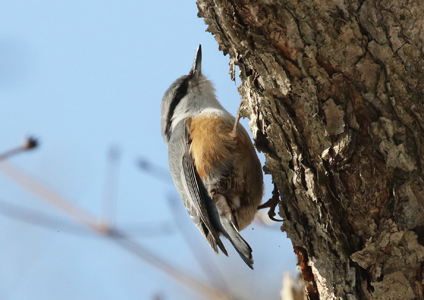
Eurasian Nuthatch 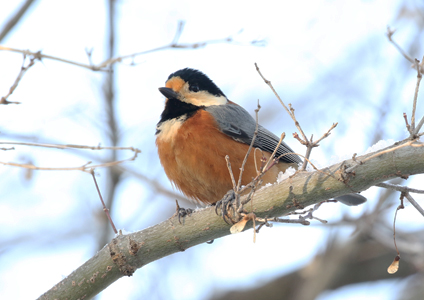
Varied Tit 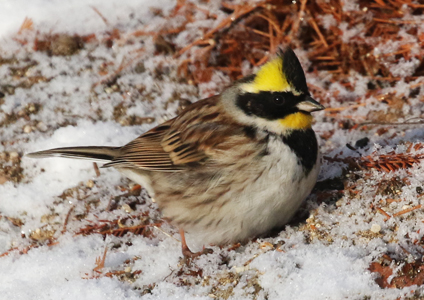
Yellow-throated Bunting 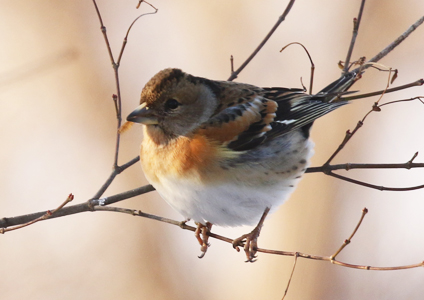
Brambling 
Solitary Snipe 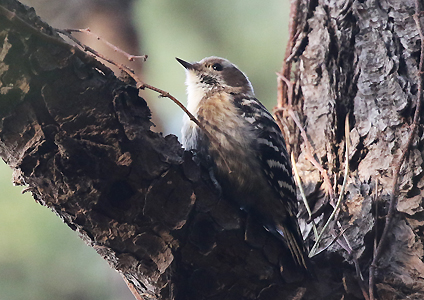
Japanese Pygmy Woodpecker
The National Arboretum is always a picturesque and birdy location on our birding tours to South Korea. While the star attraction is Solitary Snipe, which can be found in a fast-flowing stream, there are always a lot of woodland birds to enjoy, travelling in flocks as they search for food in the cold conditions. This is always a good location for bird photography for those with a camera and a place where we can get to grips with a number of South Korea’s commoner winter birds as well as some regional specialities. This is a great spot to start this South Korea winter birds photo gallery.
White Horse Hill/Citizen Controlled Zone 05/01/23
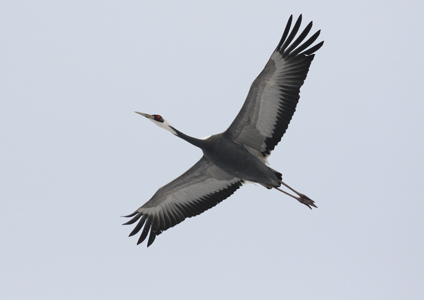
White-naped Crane 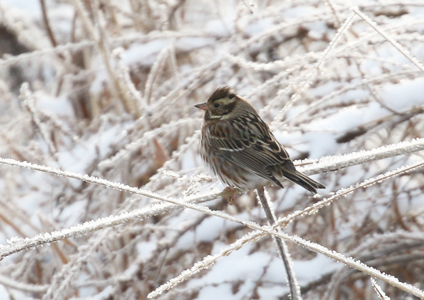
Rustic Bunting 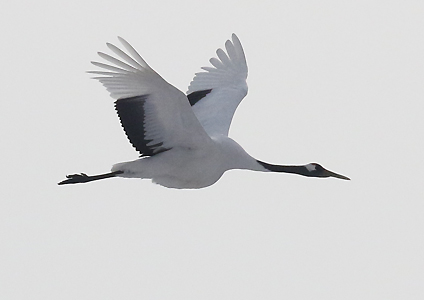
Red-crowned Crane 
Bull-headed Shrike 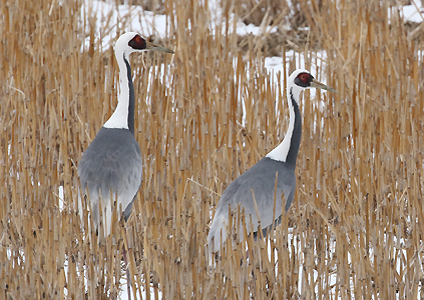
White-naped Cranes 
Meadow Bunting
Watching cranes in the Citizen Controlled Zone and White Horse Hill is the main reason for visiting this area; specifically White-naped Crane and Red-crowned Crane. These are both extremely beautiful cranes, standout species in a group of already very elegant birds. The early morning is a great time to see both of these birds in flight as they come from their roost site to the areas where they feed during the day. Later on it is easy to watch small groups of both crane species feeding in the fields, often at close range. Additionally, areas of scrub and ditches host a variety of passerines including migratory buntings, making the whole area great for birding.
Han River at Paldang 06/01/23
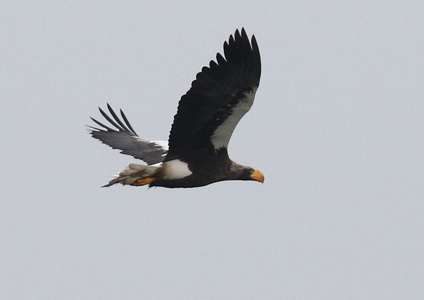
Steller’s Sea Eagle 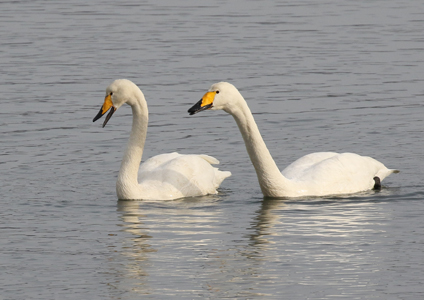
Whooper Swan 
White-tailed Eagle
The Han River at Paldang is a surprising location for birding. A wide river full of islets, gravel bars and rocks lined by shrubbery and a wooded park all to the backdrop of high rise buildings and snowy mountains. As well as a wide variety of wildfowl this is a reliable spot to see Steller’s Sea Eagle, a magnificent bird. Icy areas on the river usually atract this magnificent beast as well as White-tailed Eagles, where they feed on fish or carrion. As well as these two fantastic raptors the river here sometimes attracts Scaly-sided Merganser. We saw a female here this year, although in other years there have been males too; this time we had to go elsewhere to see the male.
Hwaseong Wetlands 07/01/23

Hen Harrier 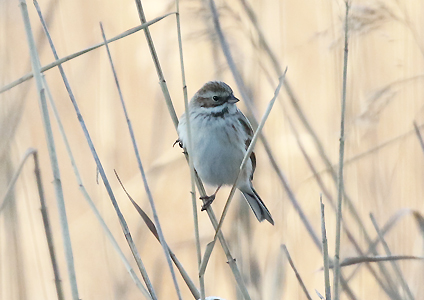
Pallas’s Reed Bunting 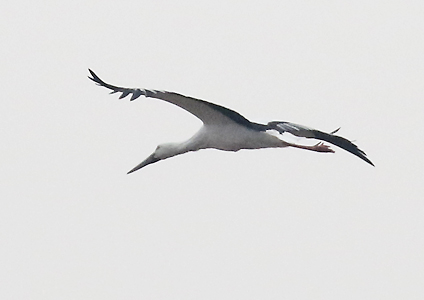
Oriental Stork 
Saunders’s Gull 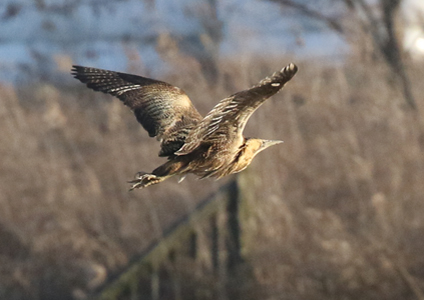
Eurasian Bittern 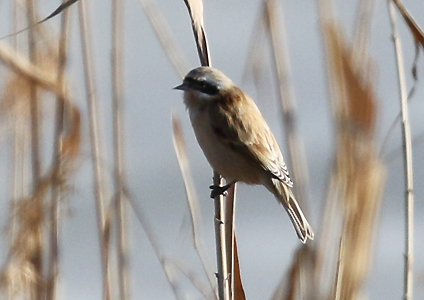
Chinese Penduline Tit
Hwaseong Wetlands is an excellent place for birds in general and raptors in particular; Hen Harrier, Upland Buzzard, Eastern Buzzard, Rough-legged Buzzard, Merlin, White-tailed Eagle and Eurasian Kestrel were all seen on this visit. Much of this area is restricted access but we have the contacts to get us into the core of the wetlands where we saw Oriental Stork and Chinese Grey Shrike as well a nice variety of reedbed species including Pallas’s Reed Bunting and Chinese Penduline Tit. The mixture of reeds, pools, muddy creeks, rice stubble fields, hedgerows makes for a wide variety of birds and the adjacent mudflats were also good at low tide with both Relict Gull and Saunders’s Gull on this trip.
Guem River & Coast 07-08/01/23
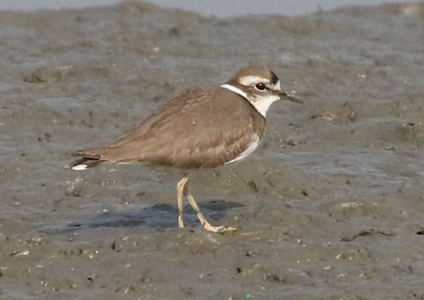
Long-billed Plover 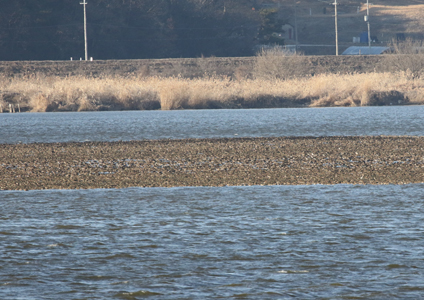
Baikal Teal Flock 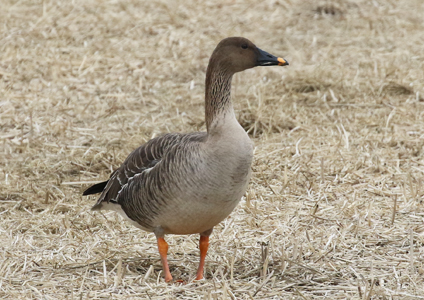
Taiga Bean Goose 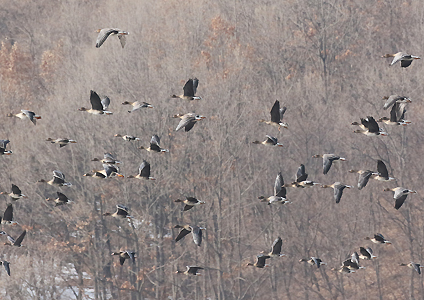
Goose Flock 
Eastern Spotbilled Duck 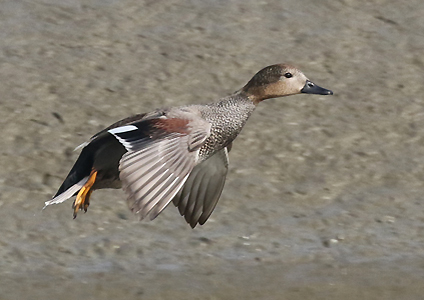
Gadwall
Birding over a wide area of coast and farmland alongside the wide Guem river always provides us with a good number of species on our visits here. Swan Goose is often to be found among flocks of Bean Geese or feeding on the mudflats with Saunders’s Gull congregating on this latter habitat. However, the main reason for visiting this area is for the huge flock of Baikal Teal that usually collect on the river here or nearby lakes. With over half a million Baikal Teal in the flock this year it was an incredible site.
Osik Park, Gunsan 08/01/23
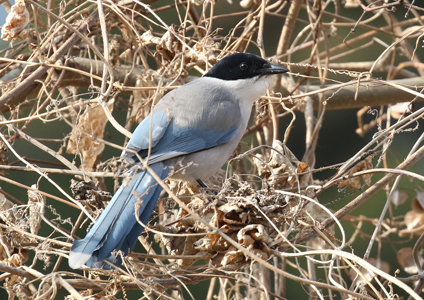
Azure-winged Magpie 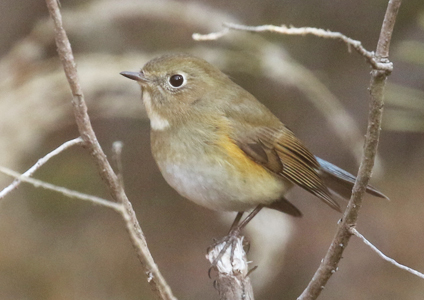
Red-flanked Bluetail 
Chinese Grosbeak
Osik Park, on the outskirts of the city of Gunsan, provides a nice morning of birding in a lightly-wooded habitat and gave us a chance to see some much hoped for woodland birds, several of which we only saw at this location. In cold conditions small passerines were very active in the morning with flocks of birds including Eastern Great Tit, Marsh Tit and Yellow-bellied Tit. Pale Thrush and Red-flanked Bluetail were both very popular sightings while the general abundance of birds here made it a good location for photography too.
Suncheon Bay 09/01/23

Greater White-fronted Goose 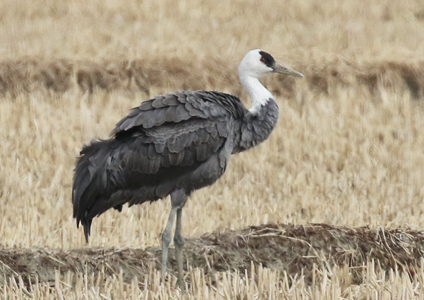
Hooded Crane 
Eastern Buzzard 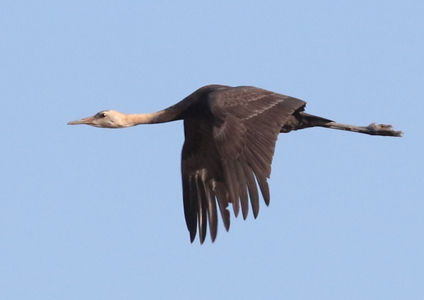
Hooded Crane 
Cinereous Vulture 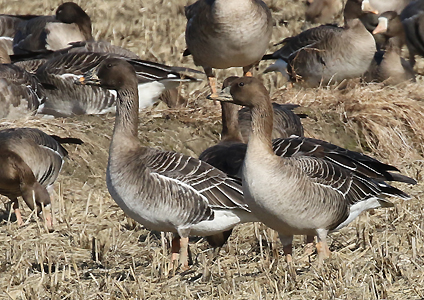
Tundra Bean Geese
Visiting Suncheon Bay is always a pleasure because of the flock of Hooded Cranes that winter in the area. With several thousand of these birds it can be quite a spectacle to stand in the viewing area with flocks of large birds all around. This location often provides close encounters with the giant Cinereous Vulture too with up to thirty birds loafing around and cruising just overhead. Sometimes the Hooded Crane flock attracts a Sandhill Crane or two to join them but this year it was a Common Crane that was the gate-crasher in the party.
Junam Reservoir 10/01/23
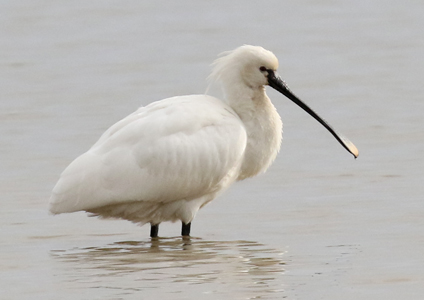
Eurasian Spoonbill 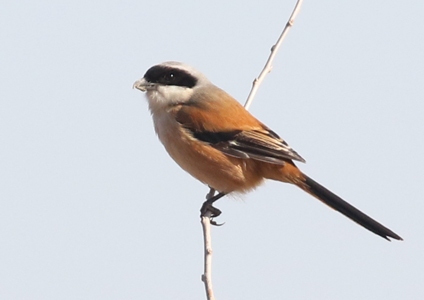
Long-tailed Shrike 
Light-vented Bulbul 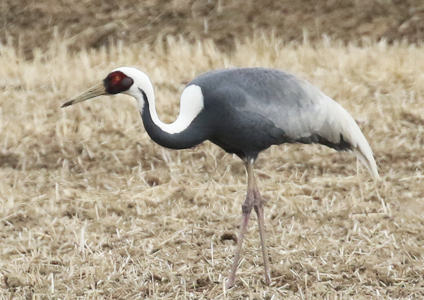
White-naped Crane 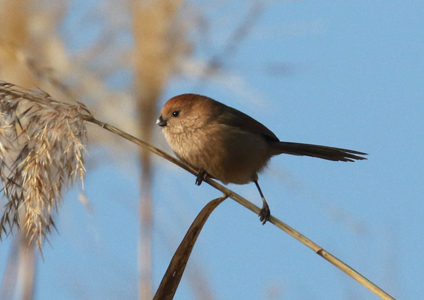
Vinous-throated Parrotbill 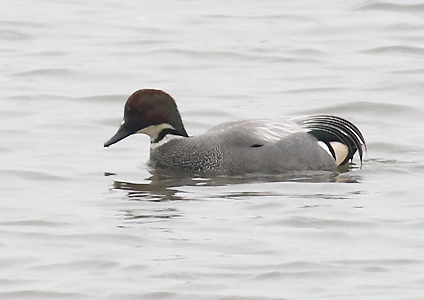
Falcated Duck
Junam Reservoir is one of ur favourite birding sites on our South Korea winter curcuit. The combination of shallow lakes, mixed farmland, rice stubble, scrubby copses and wooded patches mean that a wide variety and number of birds can be found here. In fact the day on which we visited Junam was the day that we recorded our maximum daily species total throughout the trip. One of the main reasons for visiting Junam is to see big numbers of White-naped Cranes and flocks of wildfowl which often contain rarer species like Swan Goose and Baikal Teal. Additionally, because of Junam’s location in the warmer south of the country it is also a good place to find a surprise or two in unusual wintering birds; on this tour both Long-tailed Shrike and Eastern Water Rail were in this category.
Guryongpo Peninsula 11/01/23
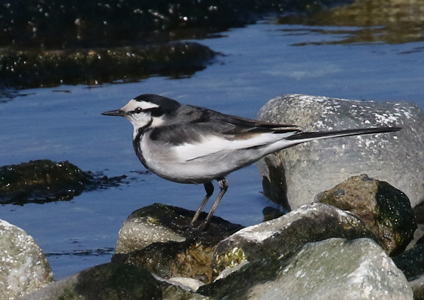
White Wagtail 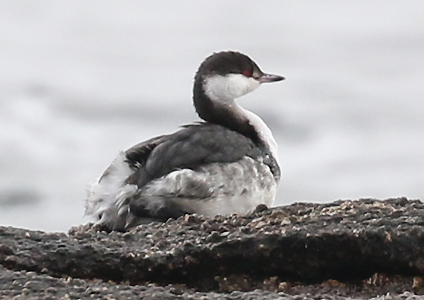
Slavonian Grebe 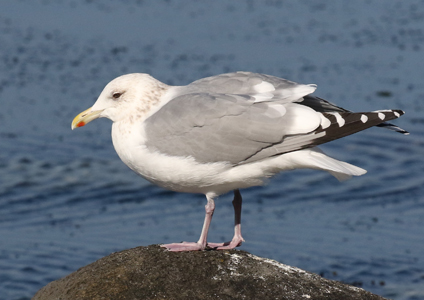
Vega Gull 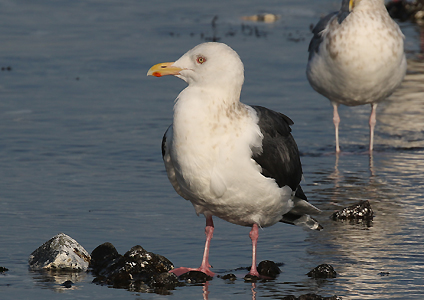
Slaty-backed Gull 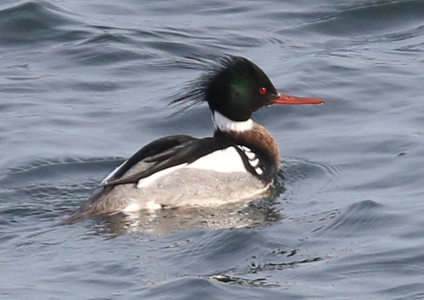
Red-breasted Merganser 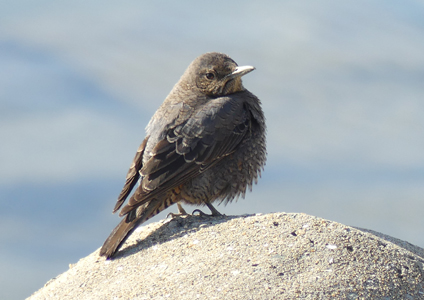
Blue Rockthrush
A day touring the Guryongpo Peninsula resulted in us seeing a wide range of our coastal target species such as Stejneger’s Scoter and Ancient Murrelet. Large numbers of gulls on beaches and in harbours were also impressive and the volume of birds seen out to see were quite incredible. Although many of the birds required a telescope for good viewing there were also a lot of birds that were approachable and made for good images.
Tabaeksan 12/01/23

Asian Rosy Finches 
Oriental Greenfinch 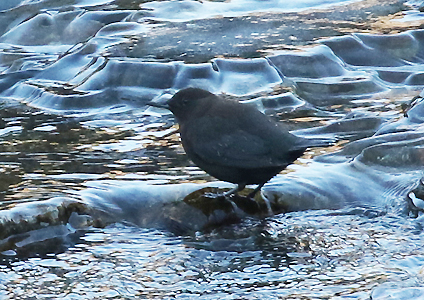
Brown Dipper
Tabaeksan is not a location at which we see lots of birds, rather it is a key site for Asian Rosy Finch which winters on exposed fields high up on a mountain where a wind farm has been constructed. A few birds usually show themselves here and on a few trips I have seen a surprise or two. On the route we take to this location we stop to enjoy Brown Dipper on a fast-flowing, icy river making for a memorable morning of birding. Tabaeksan provides us with one high quality species but offers limited opportunity for photographers to add to their South Korea winter birds photo gallery.
Daejin Coast 13-14/01/23

Glaucous Gull 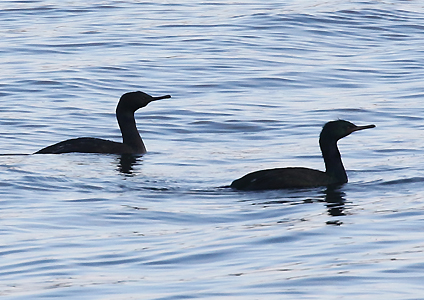
Pelagic Cormorant 
Slaty-backed Gull 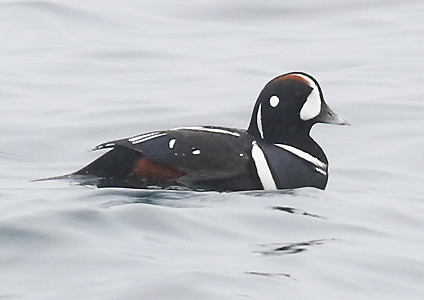
Harlequin Duck 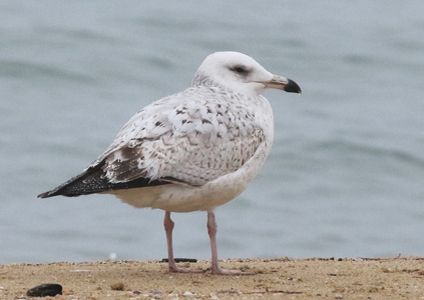
Mongolian Gull 
Goldeneye
The series of bays, headlands and harbours along the coast near our base at Daejin always provides large numbers of birds on the sea. The most abundant species vary depending on the weather conditions and although we are able to view birds such as Ancient Murrelet, Pacific Diver, Stejneger’s Scoter and many others, photographing them is difficult due to the distance. However, many species do come in close, particularly a wide variety of gulls, three species of cormorants, and the fabulous Harlequin Duck. Numbers of birds are often very impressive with enormous rafts of common species such as Red-breasted Merganser, Ancient Murrelet, Red-throated Diver or Great Crested Grebe frequent.
